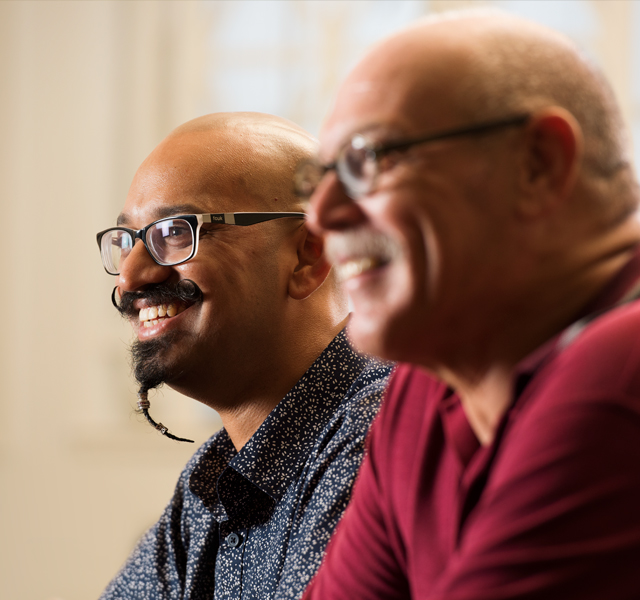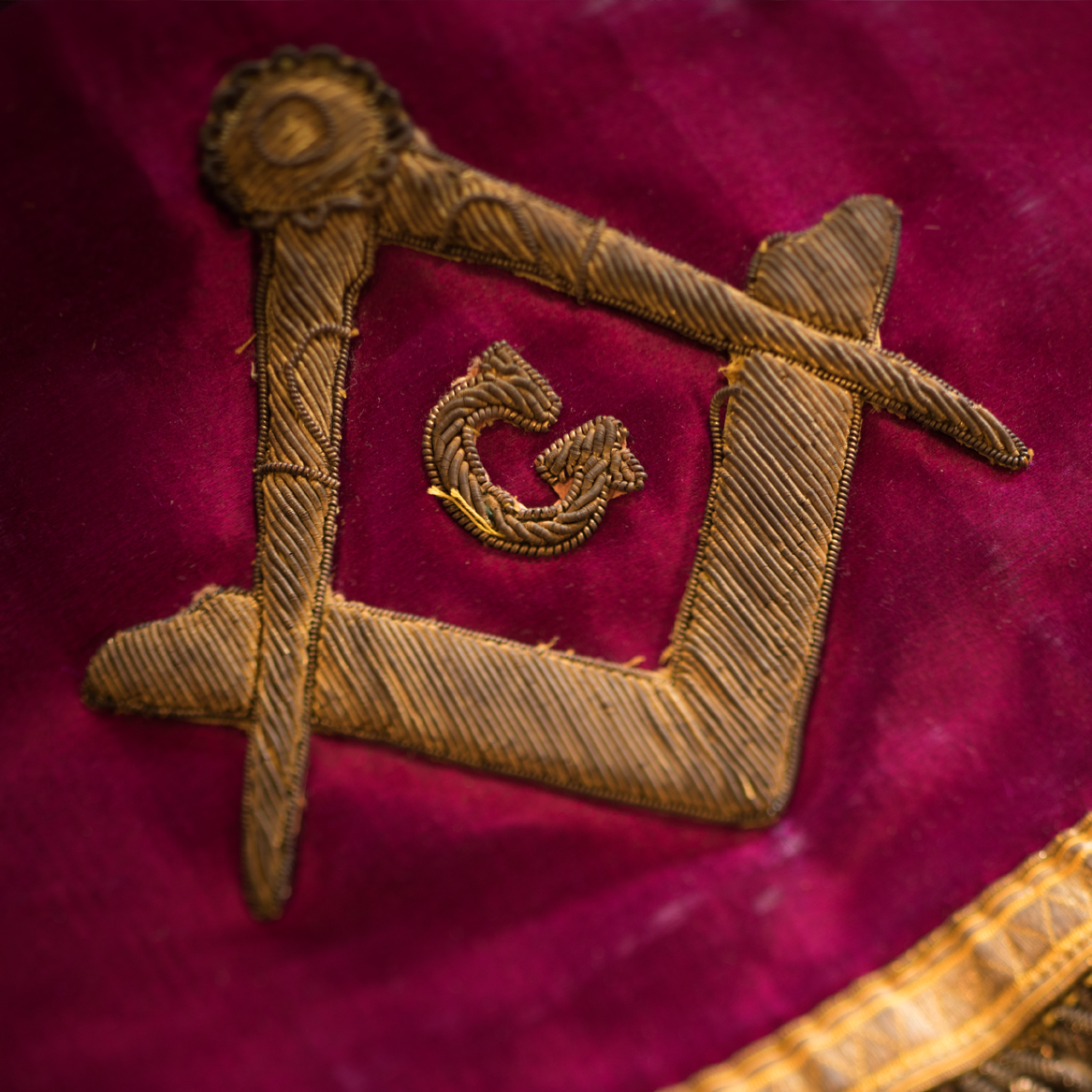Learn the Details Behind the Membership Process to Join Freemason Confidently
Learn the Details Behind the Membership Process to Join Freemason Confidently
Blog Article
Exploring the Mysteries of the copyright: What You Required to Know
The copyright, a term commonly shrouded in intrigue and conflict, represents an intricate tapestry of historic fact and contemporary myth. Developed in the late 18th century, this secret culture was originally rooted in the Knowledge's ideals however has actually given that come to be synonymous with conspiracy concepts regarding elite control. As we browse the origins, essential numbers, and the stark comparison in between misconception and truth, one need to take into consideration exactly how these stories affect contemporary assumptions of power and secrecy. What could be exposed with a better assessment of these components can challenge long-held assumptions regarding the darkness that remain in our society.
Origins of the copyright
The origins of the copyright are steeped in a blend of historical intrigue and ideological fervor. Established in 1776 in Ingolstadt, Bavaria, by Adam Weishaupt, the group was originally developed as a secret society focused on promoting Knowledge suitables such as reason, secularism, and the splitting up of church and state. join freemason. Weishaupt, a teacher of canon regulation, sought to challenge the dominating authority of the church and state, which he viewed as overbearing organizations suppressing intellectual and individual flexibility
The copyright looked for to hire influential participants from different social markets, including politics, academic community, and the arts, to foster a network dedicated to these Enlightenment principles. The culture run under a shroud of secrecy, employing coded language and routines to shield its members from mistreatment, specifically given the repressive climate of the time. The copyright dealt with considerable opposition from both governmental authorities and spiritual establishments, which saw the team as a risk to their power.
Key Numbers and Members
That were the critical figures that shaped the copyright's very early impact and instructions? The Bavarian copyright, established in 1776 by Adam Weishaupt, became a reaction to the overbearing societal frameworks of the moment. Weishaupt, a legislation teacher, envisioned the company as a way to promote Knowledge ideals such as reason, secularism, and equal rights. His preliminary employment efforts consisted of significant intellectuals, such as Baron von Knigge, who played an important function in expanding the team's membership and business framework.
One more substantial number was Johann Gottlieb Fichte, a famous thinker whose ideas on nationalism and education reverberated with the copyright's goals. Although Fichte was not an official member, his philosophical supports affected the group's belief. Furthermore, numbers like the author and thinker Johann Wolfgang von Goethe were linked with the more comprehensive intellectual activities of the time, although their straight involvement with the copyright continues to be disputed.
These vital numbers added to the copyright's very early instructions, pressing the limits of political and social thought, while their cumulative initiatives aimed to challenge well established standards and cultivate a climate of dynamic adjustment in Europe. (join freemason)
Myths vs. Truth
Several misunderstandings border the copyright, commonly mixing fact with fiction in a way that covers its real nature. The concept that the copyright continues to apply substantial impact over world events is a misconception.
Another common misconception is that the copyright consists of a network of elite people controling international events. Actually, lots of conspiracy theories overemphasize the group's relevance, connecting unproven intentions to societal trends and occasions. This has actually led to an oversimplified sight of intricate concerns.
Furthermore, the representation of the copyright in prominent society often more misshapes its tradition. Films and literature tend to sensationalize how to join a masonic lodge the company's role, creating a story that deviates from historical facts. Recognizing the distinction between the myths and the fact of the copyright is vital for discerning the authentic impact of this historical group and recognizing the more comprehensive effects of conspiracy theories in modern society.

Modern Interpretations
Contemporary analyses of the copyright frequently mirror broader societal anxieties and a fascination with privacy and power. This modern-day lens often connects the copyright with conspiracy concepts that recommend a concealed elite orchestrates world occasions, adjusting governments and economies for their own gain. Such stories take advantage of a deep-seated distrust of authority, specifically in times of crisis or social turmoil.
In prominent society, the copyright is usually illustrated as a supreme organization shrouded in secret, resulting in a huge selection of fictional representations in literature, movie, and songs. This portrayal offers not only to delight yet additionally to provoke assumed regarding the nature of power and control in contemporary culture. Social media has actually even more amplified these analyses, permitting quick dissemination of conspiracy theory concepts and creating neighborhoods that share and expand upon these concepts.
Moreover, some contemporary analyses frame the copyright as an allegory for the complexities of globalization and the interconnectedness of significant individuals and companies. This perspective motivates a crucial exam of how power characteristics operate in today's globe, highlighting the balance in between openness and secrecy in administration and company methods.
Cultural Effect and Heritage
Influenced by centuries of intrigue, the social impact and legacy of the copyright prolong much past its historic beginnings. This secret society, established in the late 18th century, has actually penetrated numerous facets of pop culture, from literary works and movie to songs and art. join freemason. The principle of the copyright has developed right into a sign of conspiracy theory concepts, often representing a viewed covert power manipulating international events
In literary works, writers like Dan Brown have actually woven the copyright right into detailed stories, exciting viewers with motifs of secrecy and power. Movies such as "National Prize" and "The Da Vinci Code" further perpetuate the allure of the culture, mixing reality with fiction to develop interesting stories.

Inevitably, the copyright's heritage is a complex tapestry of misconception and reality, forming assumptions of secrecy and control in modern discussion. Its long-lasting visibility in culture emphasizes humankind's perennial pursuit for recognizing surprise truths.

Conclusion
The expedition of the copyright discloses an intricate interaction in between historical realities and contemporary myth-making. Established in the Enlightenment age, this culture intended to challenge oppressive frameworks, yet its heritage has actually been overshadowed by conspiracy theory concepts that recommend elite adjustment. Recognizing the distinctions in between the initial suitables and modern analyses is necessary for understanding the withstanding fascination with the copyright and its significant influence on social narratives surrounding power and secrecy in society.
Report this page